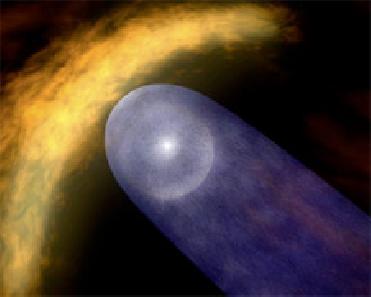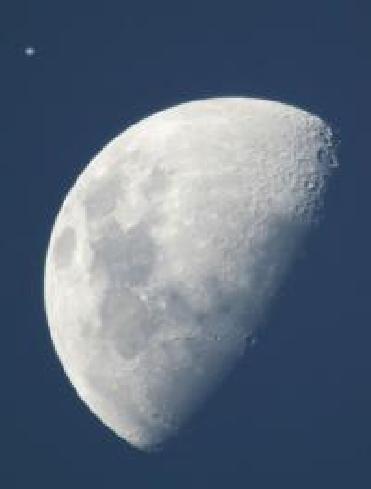
This animation zooms in from a view of the Milky Way Galaxy to our heliosphere. It sets the scale for our home in the galaxy. Image credit: NASA/Goddard Space Flight Center
WASHINGON (BNS): NASA's Interstellar Boundary Explorer (IBEX) spacecraft has made it possible for scientists to construct the first comprehensive sky map of our solar system and its location in the Milky Way galaxy which will help them view and study the interaction between our galaxy and Sun.
The sky map was produced with data that two detectors on the spacecraft collected during six months of observations, NASA said.
The detectors measured and counted particles scientists refer to as “energetic neutral atoms.” These atoms are created in an area of our solar system known as interstellar boundary region. This region is where charged particles from the Sun, called the solar wind, flow outward far beyond the orbits of the planets and collide with material between stars. The energetic neutral atoms travel inward toward the Sun from interstellar space at velocities ranging from 100,000 mph to over 2.4 million mph.
The new map reveals the region that separates the nearest reaches of our galaxy, called the local interstellar medium, from our heliosphere – a protective bubble that shields and protects our solar system from most of the dangerous cosmic radiation traveling through space.
“For the first time, we're sticking our heads out of the Sun's atmosphere and beginning to really understand our place in the galaxy,” said David J. McComas, IBEX principal investigator and assistant vice president of the Space Science and Engineering Division at Southwest Research Institute in San Antonio.
“The IBEX results are truly remarkable, with a narrow ribbon of bright details or emissions not resembling any of the current theoretical models of this region,” McComas said.
Observations from NASA’s Cassini and Voyager spacecraft also supplemented the IBEX data.
The IBEX spacecraft was launched in October 2008. Its science objective was to discover the nature of interactions between the solar wind and the interstellar medium at the edge of our solar system.
 Previous Article
Previous Article Next Article
Next Article













The Indian Air Force, in its flight trials evaluation report submitted before the Defence Ministry l..
view articleAn insight into the Medium Multi-Role Combat Aircraft competition...
view articleSky enthusiasts can now spot the International Space Station (ISS) commanded by Indian-American astr..
view article